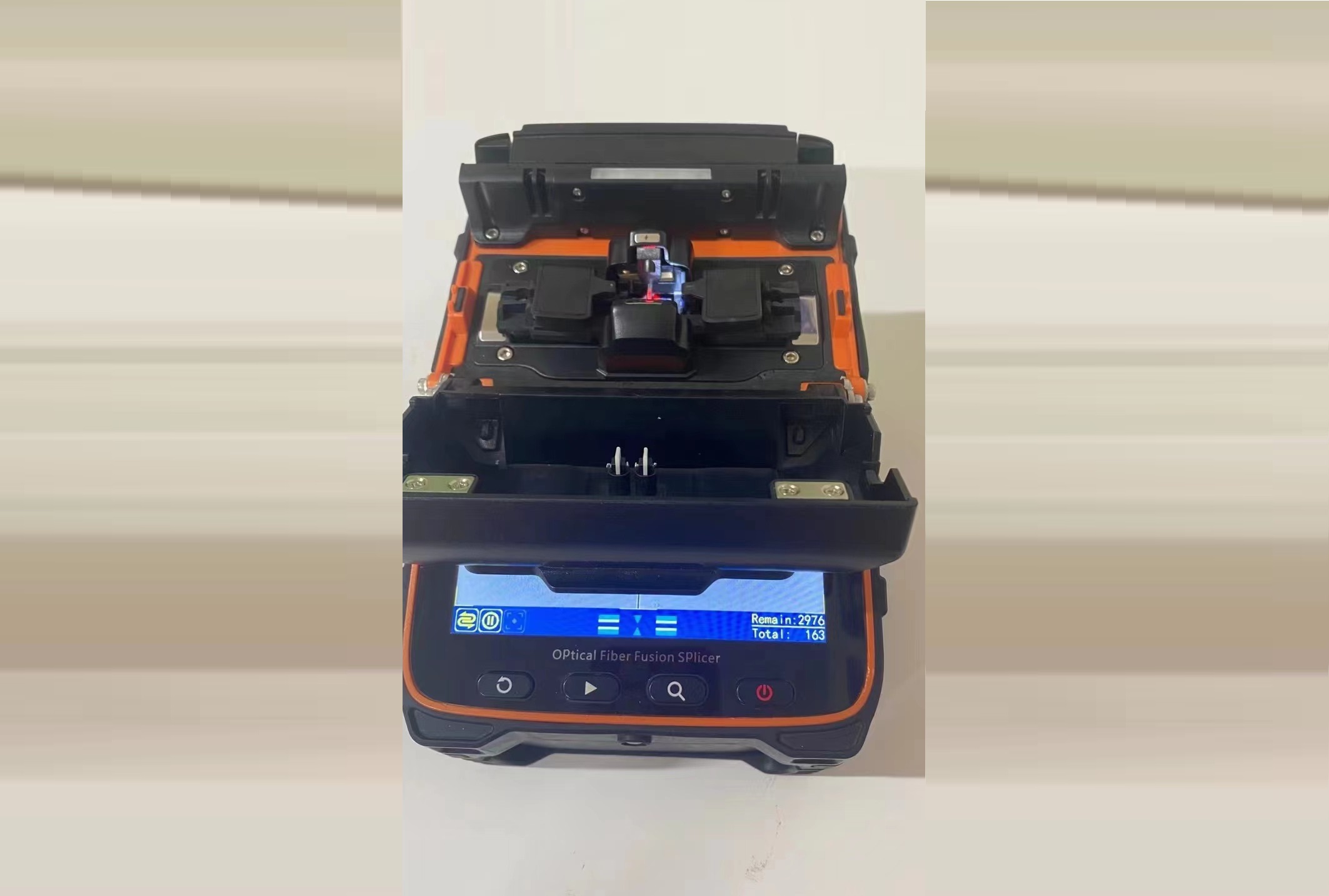- Sales SupportContact Sales
- Call us at: +(86) 15211074652
- Send us a email at: info@zr-fibercable.com
The difference between optical fiber cold splicing and optical fiber fusion splicing
When light is transmitted in the optical fiber, it will generate loss, which is mainly composed of the transmission loss of the optical fiber itself and the fusion loss at the optical fiber joint. Once the optical fiber cable is ordered, the transmission loss of the optical fiber itself is basically determined, while the fusion loss at the optical fiber joint is related to the optical fiber itself and on-site construction.
Optical fiber is a very convenient tool for signal transmission. A slender optical core in the cable can replace thousands of physical communication lines to complete a large number of long-distance communication tasks.
Optical fiber cold splicing and optical fiber fusion splicing
The 8 advantages of optical fiber transmission are as follows:
1. High sensitivity, free from electromagnetic noise interference.
2. Small size, light weight, long life and low price.
3. Insulation, high pressure resistance, high temperature resistance, corrosion resistance, suitable for work in special environments.
4. The geometric shape can be adjusted according to the environmental requirements, and the signal transmission is easy.

5. High bandwidth, large communication volume, small attenuation, and long transmission distance.
6. The signal crosstalk is small and the transmission quality is high.
7. High confidentiality.
8. It is convenient for laying and transporting raw materials.
There are two techniques for the termination of optical cables: fusion splicing and cold splicing.
The so-called cold splicing is opposite to fusion splicing, which refers to the mechanical splicing of optical cables through "cold splicing", and the entire splicing process can be completed within 2 minutes.
With the rapid development of FTTH fiber to the home, the demand for optical fiber cold connectors has also greatly increased.
Advantages of optical fiber thermal fusion: the operation is relatively simple, and the maintenance cost is low. Disadvantages: Large initial investment and more special tools.
Advantages of cold splicing: connection by simple crimping tools. Disadvantages: higher maintenance costs in the later period, and finer construction techniques.
Optical fiber thermal fusion: also called optical fiber fusion splicing, is to connect two core optical fibers through a specific equipment optical fiber fusion splicer.
Cold splicing of optical fiber:
It is used to connect optical fiber or optical fiber butt pigtail. This is equivalent to making a joint. Optical fiber butt pigtail refers to the butt joint of the fiber core of the optical fiber and the pigtail instead of the pigtail head mentioned by the former. The thing used for this kind of cold connection is called Fiber optic cold splicer.
Main Factors Affecting Optical Fiber Splicing Loss
There are many factors affecting the fiber splicing loss, which can be roughly divided into two types: intrinsic factors and extrinsic factors.
1. The intrinsic factors of optical fiber refer to the factors of optical fiber itself. There are four main points
(1) The fiber mode field diameter is inconsistent;
(2) The core diameters of the two optical fibers are mismatched;
(3) The core section is not round;
(4) The concentricity between the core and the cladding is not good.
2. The extrinsic factor affecting the fiber splicing loss is the splicing technology
3.The influence of other factors. Splicing personnel's operation level, operation steps, fiber coil process level, electrode cleanliness in the fusion splicer, welding parameter settings, and cleanliness of the working environment will all affect the value of splice loss.
You might be interested in
We use cookies to ensure that we give you the best experience on our website. By clicking on "Accept" or continuing to use this site, you agree to our use of cookies in accordance with our Cookie Policy .You can refuse the use of cookies here.
Accept

